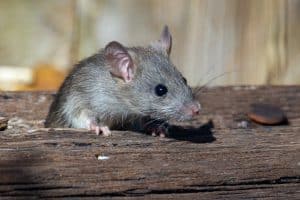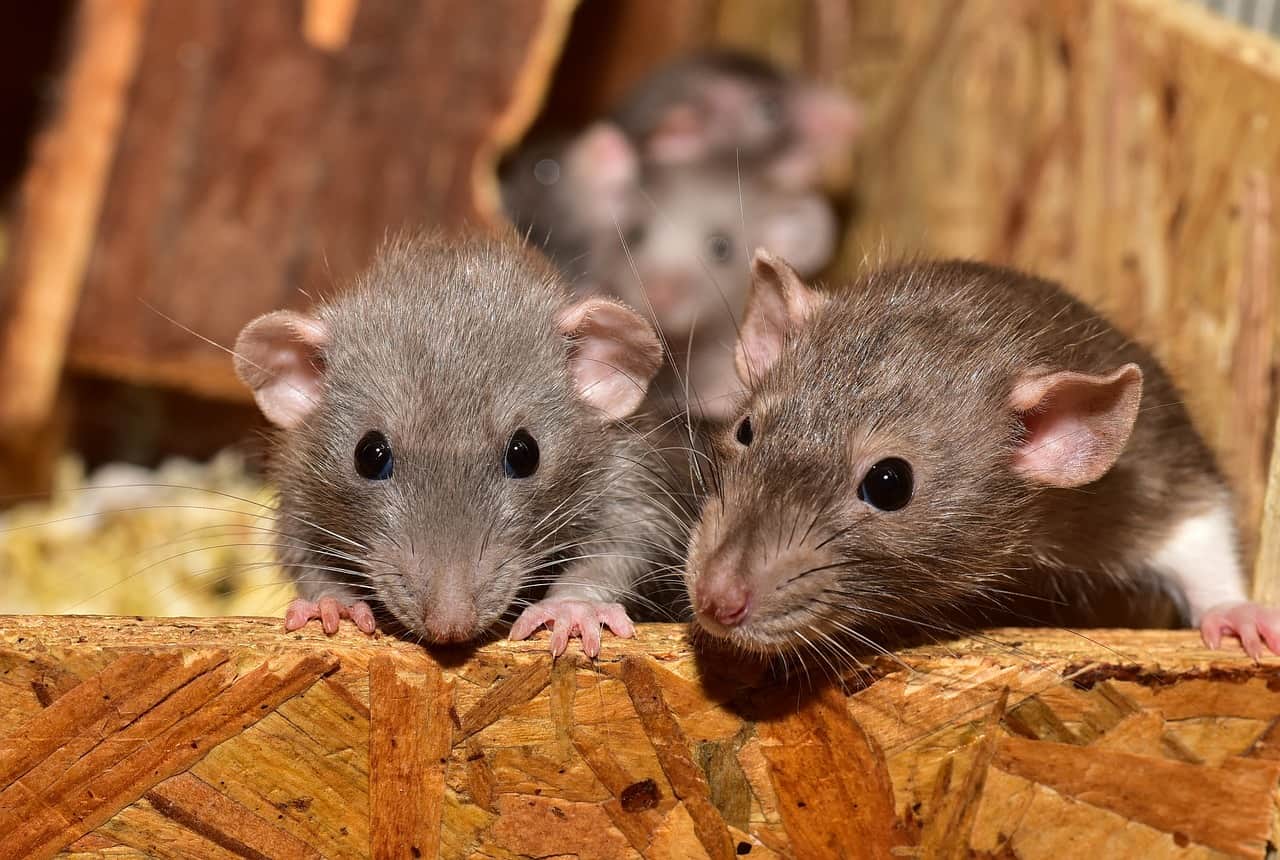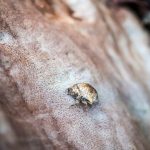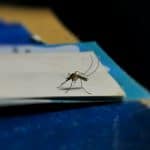While there are several different species of mice in the wild, the house mouse is appropriately named for its tendency to seek shelter in homes, especially within walls and attics. Adult house mice are usually a dusty gray color with cream-colored bellies and can range from 2.5-3.75 inches in length. Despite their unassuming appearance, house mice are infamously known for their adaptability to harsh conditions and rapid breeding. One female house mouse is capable of producing up to 35 babies each year. Keep reading to learn more, including information on the removal of mice in your walls or attic.
Risks
Preventing house mice from invading your home is crucial. Not only is a rodent infestation a nuisance, but it can also lead to several serious health risks. House mice can carry bacteria, spread diseases and contaminate food. Particles of their feces and urine can even become airborne, further spreading disease and potentially triggering asthma or allergy symptoms. Because house mice defecate so often, their droppings can accumulate quickly in hidden spaces within your home, like the interior of walls and attic spaces.
House mice can also unknowingly bring in other pests with them, including fleas, ticks, mites, and lice, which can also carry bacteria and diseases into your home.
If you suspect a mouse infestation in your home, be sure to watch out for signs of activity such as droppings, urine staining, or damaged food containers. We recommend contacting a professional for proper removal of mice from within walls, attics, and other parts of the house. If you or a member of your family begins showing symptoms of an illness that is associated with rodents, promptly seek medical attention.

Prevention Tips
Thankfully, there are several actions homeowners can take to prevent an infestation of mice in areas like the walls and attic.
Mice can fit into a space as small as a dime, so it’s important to seal any gaps or cracks that could provide entry into your home. Precautions like installing door sweeps on exterior doors, repairing damaged screens, screening vents and openings to chimneys, sealing cracks and holes on the exterior of the home, and replacing loose mortar and weather stripping all help to eliminate possible exterior entry points that house mice may use.
Aside from blocking off entryways, it is also important to eliminate food, water, and harborage resources that may attract mice to your home. Store food in airtight containers, dispose of garbage regularly, keep garages and closets clutter free, be sure attics and crawl spaces are well-ventilated and dry, store firewood at least 20 feet away from the home, and keep shrubbery well-trimmed. By following these simple tips, homeowners can reduce the likelihood that mice may invade their home looking for food or shelter.
Warning Signs
There are a number of key signs to be on the lookout for that could indicate you have mice in or around your home. You may start to encounter their waste. House mouse droppings may either be soft and moist or dried and solid. Droppings measure about 0.125-0.25 inches long and are typically rod-shaped with pointed ends. House mouse urine also has a distinct ammonia-like smell that can be a clear indication that your home has unwanted invaders.
As house mice travel around your home, evidence of their movement is often easily spotted. Rodents typically use the same pathways when moving about, resulting in easily visible trails of rub marks, droppings and footprints. A house mouse’s front feet leave four-toed prints and their hind feet leave five-toed prints, while their bodies leave oily rub marks on the walls along which they travel.
House mice can also leave gnaw marks around homes, which can be either rough or smooth. They also form burrows using material like insulation and may eat seeds, cereals, or insects they encounter in your home. Of course, if you ever see an actual mouse within your home, it is likely just one of many hiding just out of sight.
Treatment
If you suspect you have a house mouse infestation in your home, be sure to seek professional assistance immediately. Licensed pest control professionals are trained on how to quickly and safely get rid of mice in your walls, attic, or anywhere else in your home.




